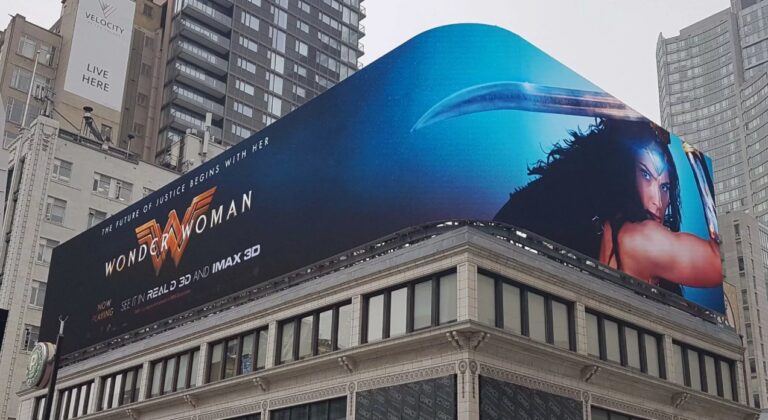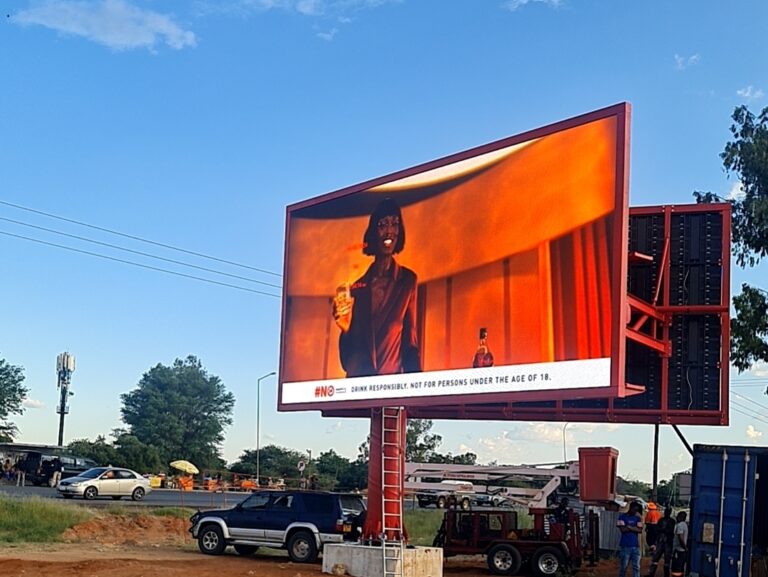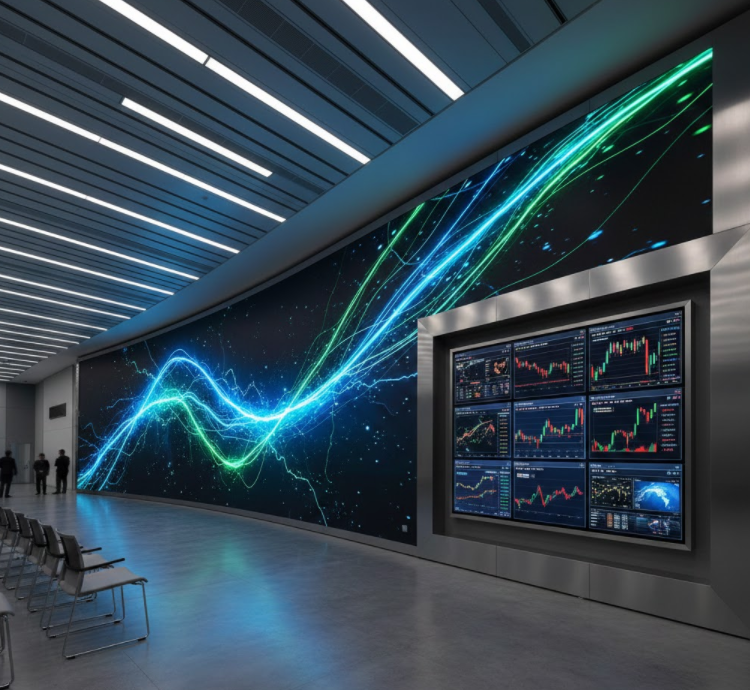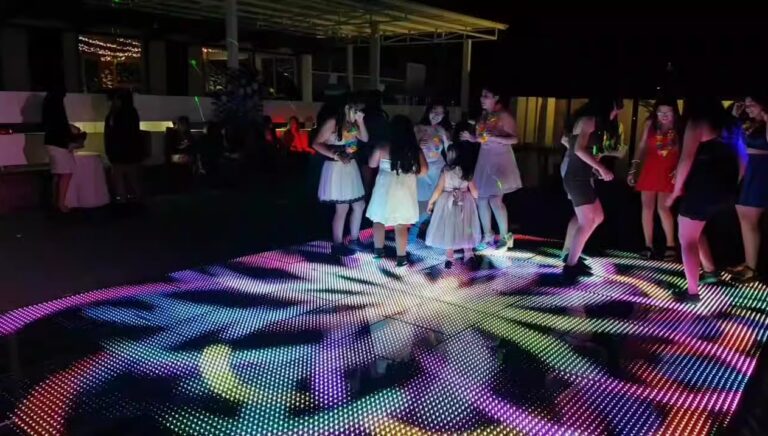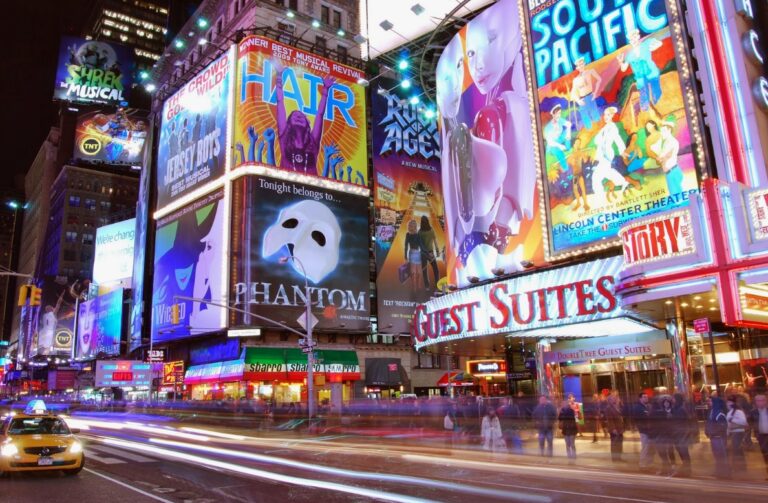Table of Contents
-
Definition and Importance of LED Backlight Displays
-
Technical Principles
-
Key Advantages
-
Comparison: LED Backlight vs Traditional CCFL
-
Core Components
-
Application Scenarios
-
How to Choose the Right LED Backlight Display
-
Frequently Asked Questions (FAQ)
-
Conclusion
As display technologies continue to evolve, LED backlight displays have become a mainstream choice. Whether it’s TVs, monitors, advertising displays, or industrial and medical equipment, LED backlight is now everywhere. Compared to traditional CCFL (Cold Cathode Fluorescent Lamp) backlighting, LED technology offers superior performance in brightness, color accuracy, and energy efficiency. But what exactly is LED backlight, and why is it so important?
1. Definition and Importance of LED Backlight Displays
An LED backlight display is a screen that uses Light Emitting Diodes (LEDs) as its light source. Its main function is to provide uniform illumination for the LCD panel, making images clearly visible. Compared to CCFL backlights, LED backlighting stands out for its lower power consumption, vivid color reproduction, and longer lifespan. It’s become the “new favorite” of the display industry.
Why is LED backlight important? According to market research, the global LED display market reached USD 7.8 billion in 2023 and is projected to exceed USD 15 billion by 2030. This growth is driven not only by improved display performance but also by its alignment with energy-saving, eco-friendly, and slim design trends—perfectly meeting modern consumer expectations.
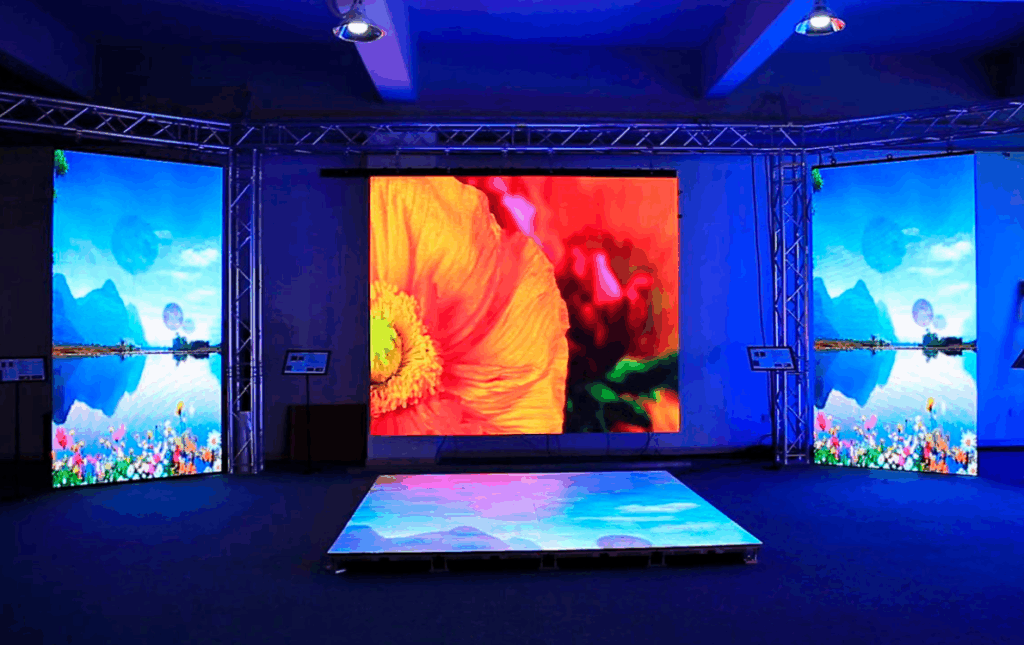
2. Technical Principles of LED Backlight Displays
LED backlight displays use LEDs placed either behind (direct-lit) or around the edge (edge-lit) of the screen to emit white light. This light passes through diffusers and light guide plates to uniformly illuminate the LCD layer, resulting in a visible image.
Two main architectures:
-
Direct-lit LED backlight: LEDs are evenly distributed behind the entire screen. Offers high brightness and uniformity, ideal for high-quality visuals.
-
Edge-lit LED backlight: LEDs are located on the edges of the screen. Light is spread using a light guide plate. This design is thinner and more energy-efficient but with slightly less uniform brightness.
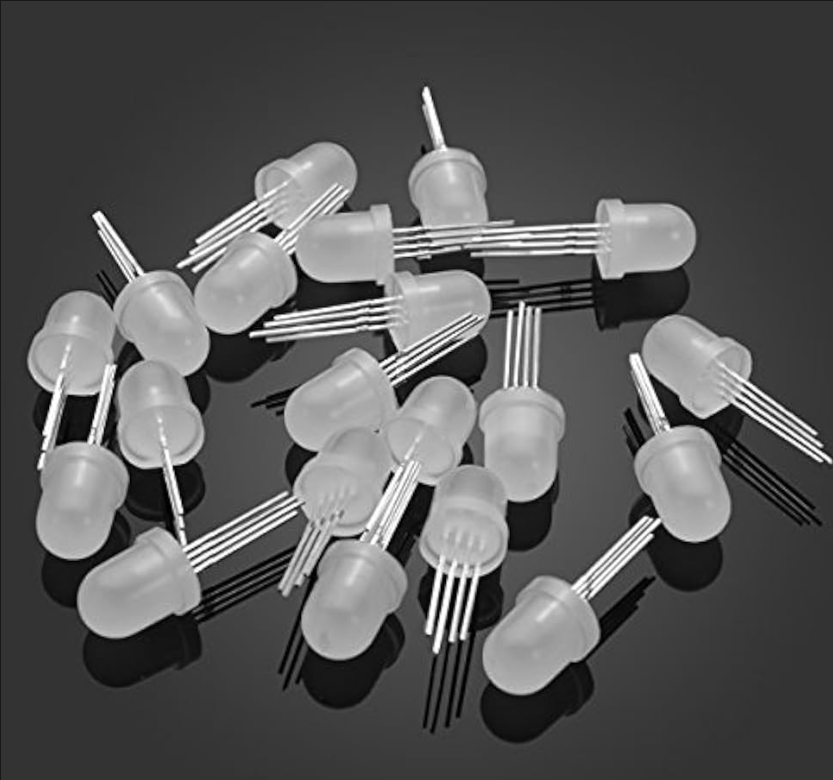
3. Key Advantages of LED Backlight Displays
Why does LED backlighting outperform traditional methods? Key benefits include:
-
Energy Efficiency: Consumes about 40% less energy than CCFL; mercury-free and environmentally friendly.
-
Excellent Color Performance: Especially with RGB-LED backlights, which offer over 90% NTSC color gamut—much wider than CCFL’s 70–80%.
-
Ultra-Slim Design: Enables display thickness under 10mm, supporting sleek and modern form factors.
-
Long Lifespan: Up to 100,000 hours, significantly longer than CCFL’s 15,000–25,000 hours.
-
Fast Response Time: LEDs light up instantly with no delay, great for dynamic content such as gaming or videos.
4. Comparison: LED Backlight vs Traditional CCFL
| Feature | LED Backlight | CCFL Backlight |
|---|---|---|
| Power Consumption | Low (approx. 40% less) | High |
| Lifespan | Up to 100,000 hours | 15,000–25,000 hours |
| Environmental Impact | Mercury-free, eco-friendly | Contains mercury, hazardous |
| Color Performance | Wide gamut (NTSC 90%+) | Narrower gamut (NTSC 70–80%) |
| Thickness | Ultra-slim (<10mm) | Bulkier (>10mm) |
| Brightness Uniformity | Excellent (Direct-lit) | Generally lower |
| Startup Time | Instant-on | Requires warm-up, slow in cold |
In short, LED outperforms CCFL across the board. No wonder Samsung phased out CCFL in favor of LED as early as 2012.
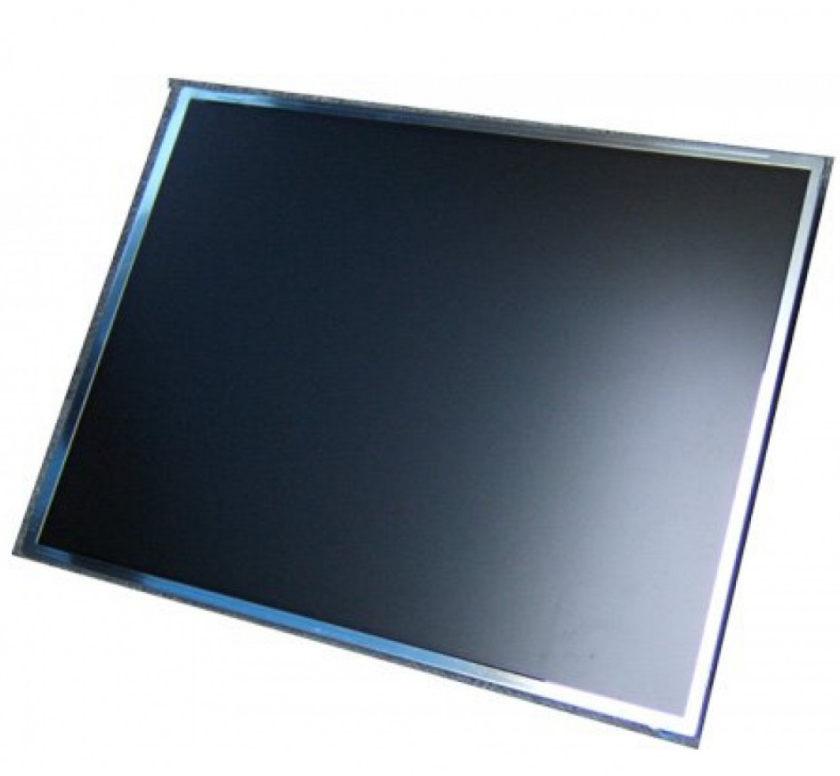
5. Core Components of an LED Backlight Display
Key components include:
-
LEDs: The main light source; critical for brightness and color quality.
-
Light Guide Plate (LGP): Spreads light evenly across the screen (used in edge-lit designs).
-
Diffuser Sheet: Improves light uniformity and reduces hotspots.
-
Reflective Sheet: Recycles light to boost efficiency.
-
LCD Panel: Controls light passage to form images.
-
Driver Circuit: Manages LED brightness using PWM or DC dimming, ensuring stable output.
Together, these parts deliver high performance with low power usage.
6. Typical Application Scenarios
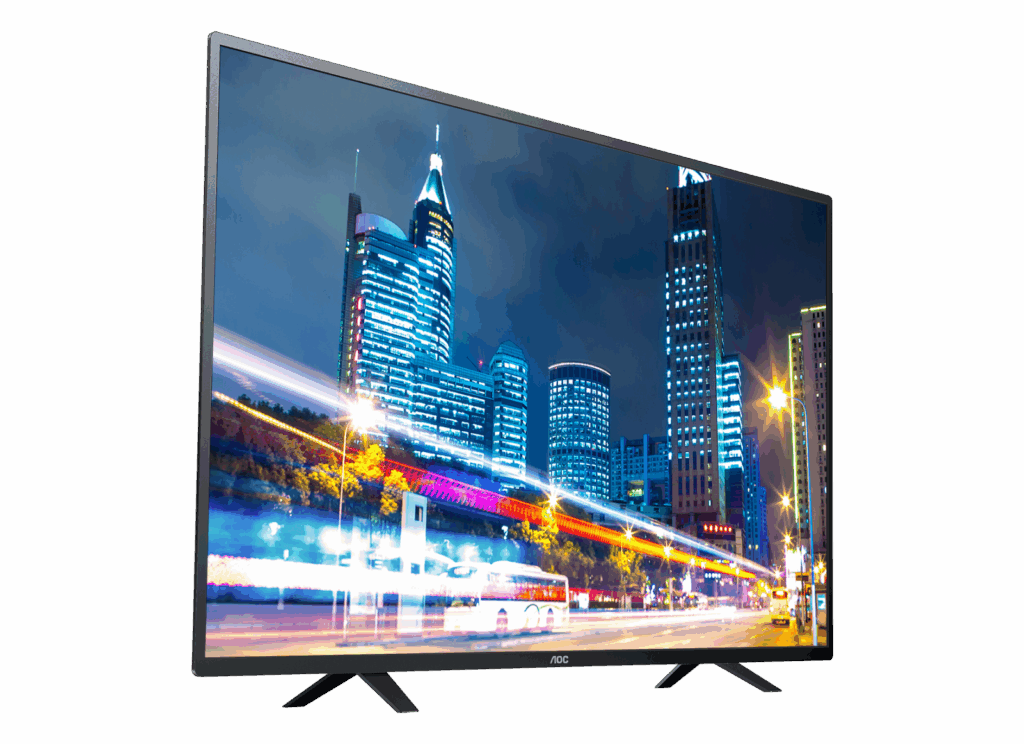
-
TVs and Monitors
Most modern TVs now feature LED backlights for better visuals and thinner designs.

-
Commercial Advertising Displays
High brightness and low energy use make LED ideal for indoor and outdoor ads.
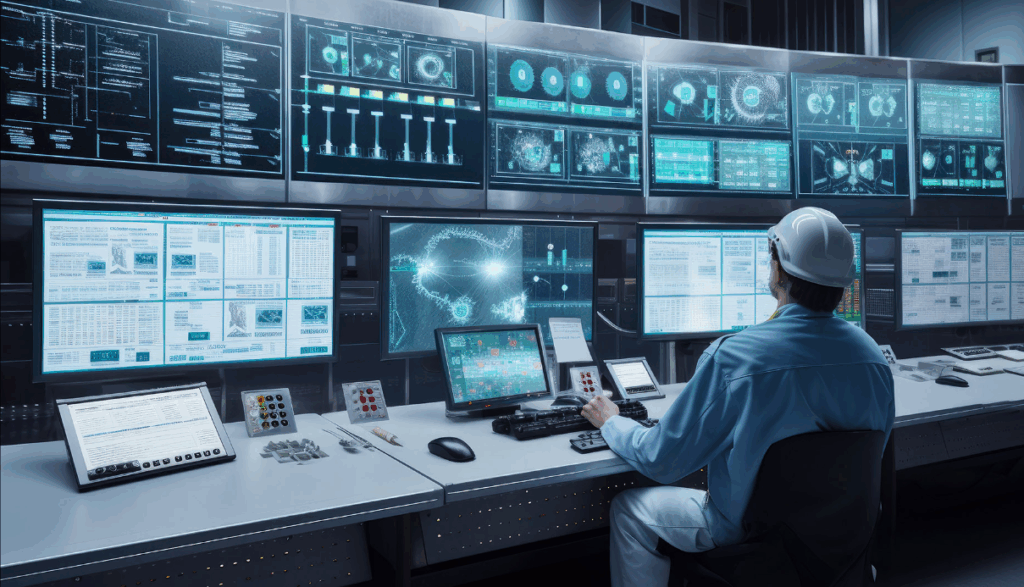
-
Industrial and Medical Equipment
Used in high-reliability environments like medical imaging and control rooms, where stability and accuracy are crucial.
7. How to Choose the Right LED Backlight Display
-
Resolution, Brightness, and Color Gamut
-
Resolution: 4K or 8K for large TVs or professional use; 1080p for smaller screens.
-
Brightness: Outdoor screens need 2000+ nits; indoor use typically requires 500–1000 nits.
-
Color Gamut: RGB-LED backlight recommended for NTSC 90%+ for true-to-life colors.
-
-
LED Quality and Light Uniformity
High-quality LEDs (e.g., from Samsung or LG suppliers) offer longer life and better color retention. Direct-lit designs offer better uniformity but at higher cost. When buying, check a full white screen for noticeable bright/dark spots. -
Brand Reliability and After-Sales Support
Reputable brands like Samsung, SoStron, AOC, or HKC provide better build quality and service. Look for warranties of at least 2 years.
8. Frequently Asked Questions (FAQ)
a. Do LED backlights suffer from light leakage?
Yes, especially in edge-lit designs. It usually appears around screen edges, particularly noticeable on all-black images. High-end direct-lit models use zone control to minimize this issue.
b. Is LED backlight better than CCFL?
Yes—LED excels in energy savings, lifespan, color accuracy, and slim design. Though cheaper, CCFL has a shorter life, contains mercury, and delivers inferior visuals.
c. How to fix uneven backlighting?
-
Adjust brightness settings to reduce overly bright areas.
-
Check for firmware updates to improve backlight management.
-
If issues persist, contact support for potential panel or LGP replacement.
9. Conclusion: Is LED Backlight Still Worth Investing In?
LED backlighting is undoubtedly the current standard in display technology. However, the future is moving toward more advanced solutions like MiniLED and MicroLED. MiniLED is already gaining traction in high-end TVs and laptops, while MicroLED promises self-emissive displays that could eliminate the need for backlights entirely.
That said, LED backlights will remain dominant for the next 5–10 years, especially in cost-sensitive markets. Their mature technology, affordability, and wide applicability make them a solid investment. Whether for home TVs, commercial displays, or professional gear, LED backlighting still delivers reliable and high-quality performance.
If you’re thinking about upgrading your display device, LED backlight is a smart and dependable choice. And with ongoing advancements, it’s only getting better, thinner, and more energy-efficient—well worth your consideration.

